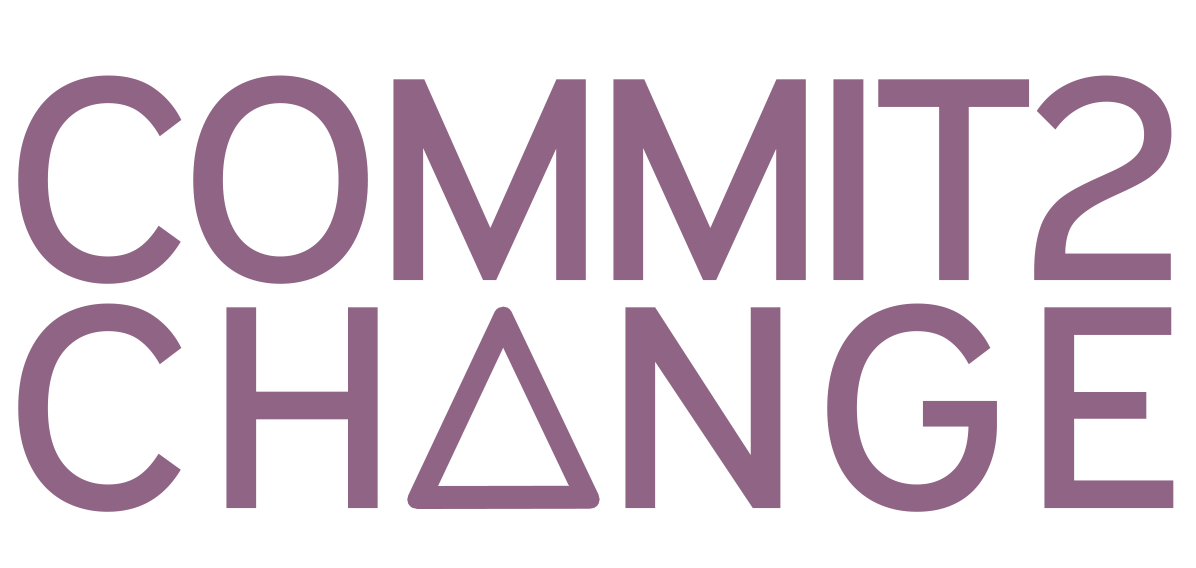Many of the girls C2C works with dream of pursuing careers in technology, medicine or economics. But with limited math skills, these dreams may never be realized.
Most of the girls we serve are first-generation students who lack a strong background in critical thinking and reasoning skills. This makes it difficult for them to excel in math and undermines their self-confidence, leading to weak performance in other subjects. That’s why C2C and its partner centers decided to launch the Vedic maths program.
Vedic maths consist of a combination of techniques (or sutras) that enables students to solve math problems much more quickly. Over the past ten years, this form of math has gained tremendous popularity across India, notably for its ability to increase the speed at which students solve mathematical problems by as much as ten times.
But while schools and orphanages across India are aware of Vedic maths as a key to overcoming their girls’ math deficiencies, finding passionate, qualified teachers who can accommodate their small budgets proves nearly impossible. In fact, because of their high costs, Vedic math programs are generally limited to expensive private schools.
That’s where C2C came in. Using our experience and networks in the K-12 education space, we covered the cost of the curriculum delivery and mobilized a teacher to work with several of our partner centers via remote teaching solutions.
The Vedic maths classes are typically offered for one hour, twice a week to the girls from grades 5 - 9. The first few minutes of every class are spent covering specialized techniques on how to solve complex mathematical problems by breaking it down into a series of sequential steps. For the rest of the class, students then practice these techniques through activities, worksheets and sample problems from competitive exams.
These classes “help to eradicate [girls’] fear against math by making it simple, fun and mighty easy for students,” says Vedic maths tutor Ms. Shivani. “This in turn provides them with the confidence to tackle difficult problems across other subjects too, and results in an improved interest in academics.”
While Ms. Shivani has noted some challenges like having to conduct classes online and push girls outside of their comfort zones (especially those already used to traditional math methods), the results of the program have been overwhelmingly positive. Within a single year, the girls improved their test scores by 17% and 3 of our girls were even admitted to prestigious medical schools in the state of Gujarat after scoring highly on the competitive entrance exams.
The girls’ attitudes towards math have also completely changed thanks to the program. “I like to learn Vedic maths,” says Shashi, a C2C student. “Through this, I can easily solve my math problems. Before Vedic math classes, I had problems solving maths.” Pragati, another student, also notes that through Vedic maths, “we can learn maths with a little bit of fun” and that “ in the external competitive examination, Vedic maths tricks are very very useful and made [answering] questions easier than the normal math.”
Over the past two years, the Vedic maths program has become an integral part of C2C’s offerings. According to Ms. Shivani, “C2C is the only NGO (I know of) offering Vedic Maths to such a diaspora,” which is why C2C is excited to be continuing the program and bringing it to three new centers in the coming academic year. We hope that the program will help more underprivileged girls build foundational and invaluable STEM skills and give them the confidence to pursue their dreams.












